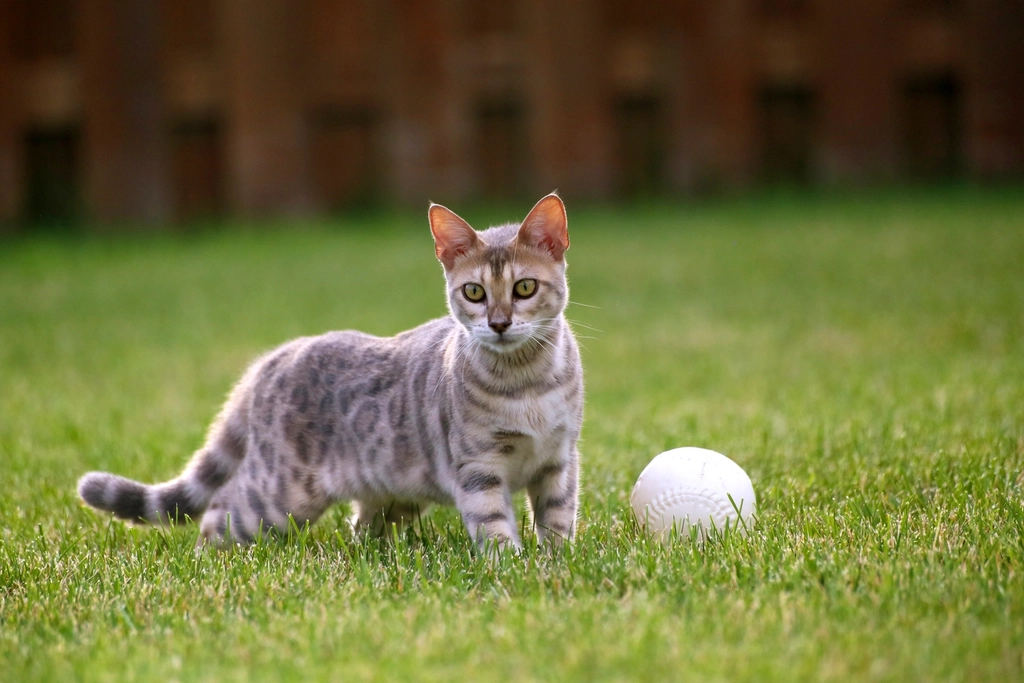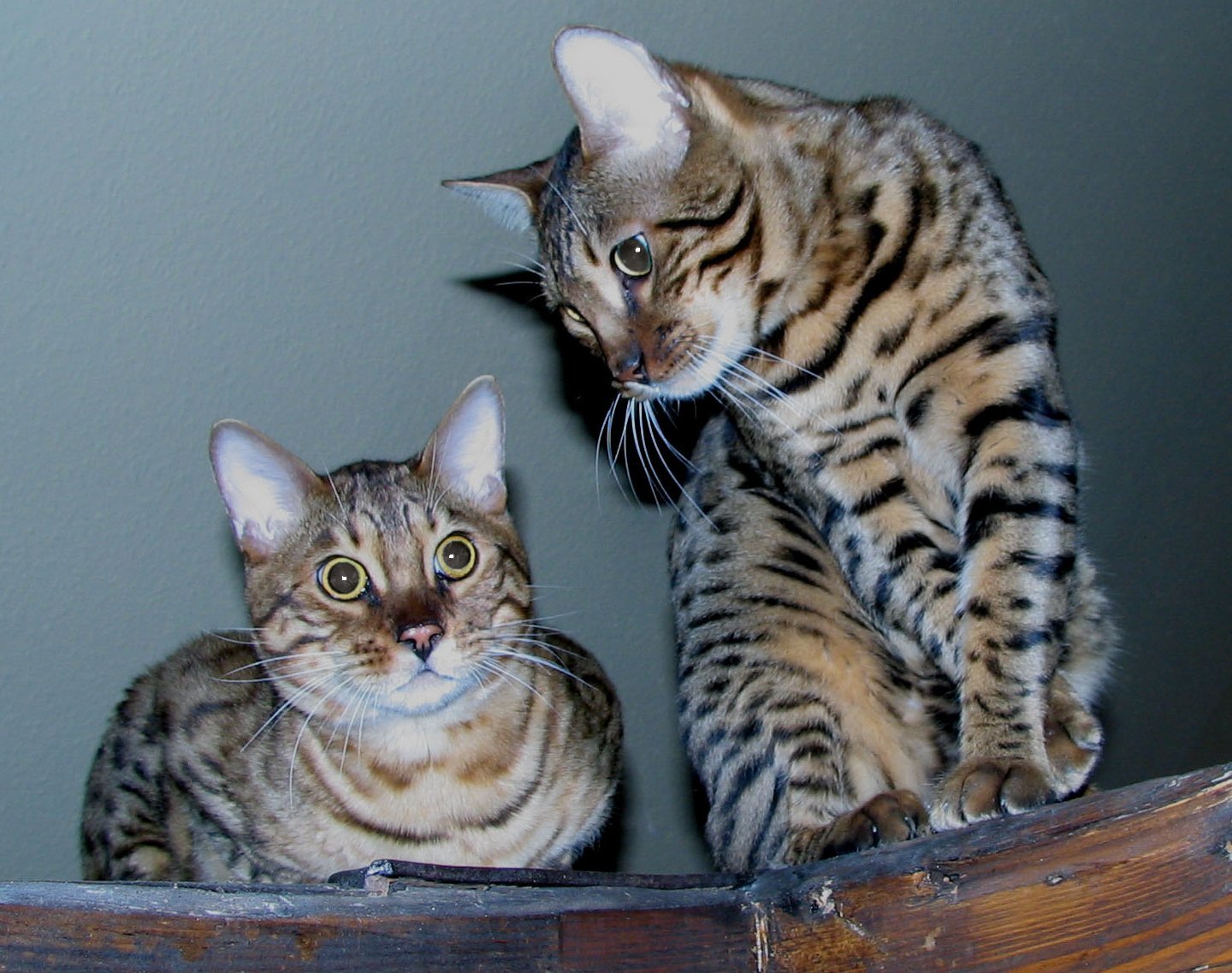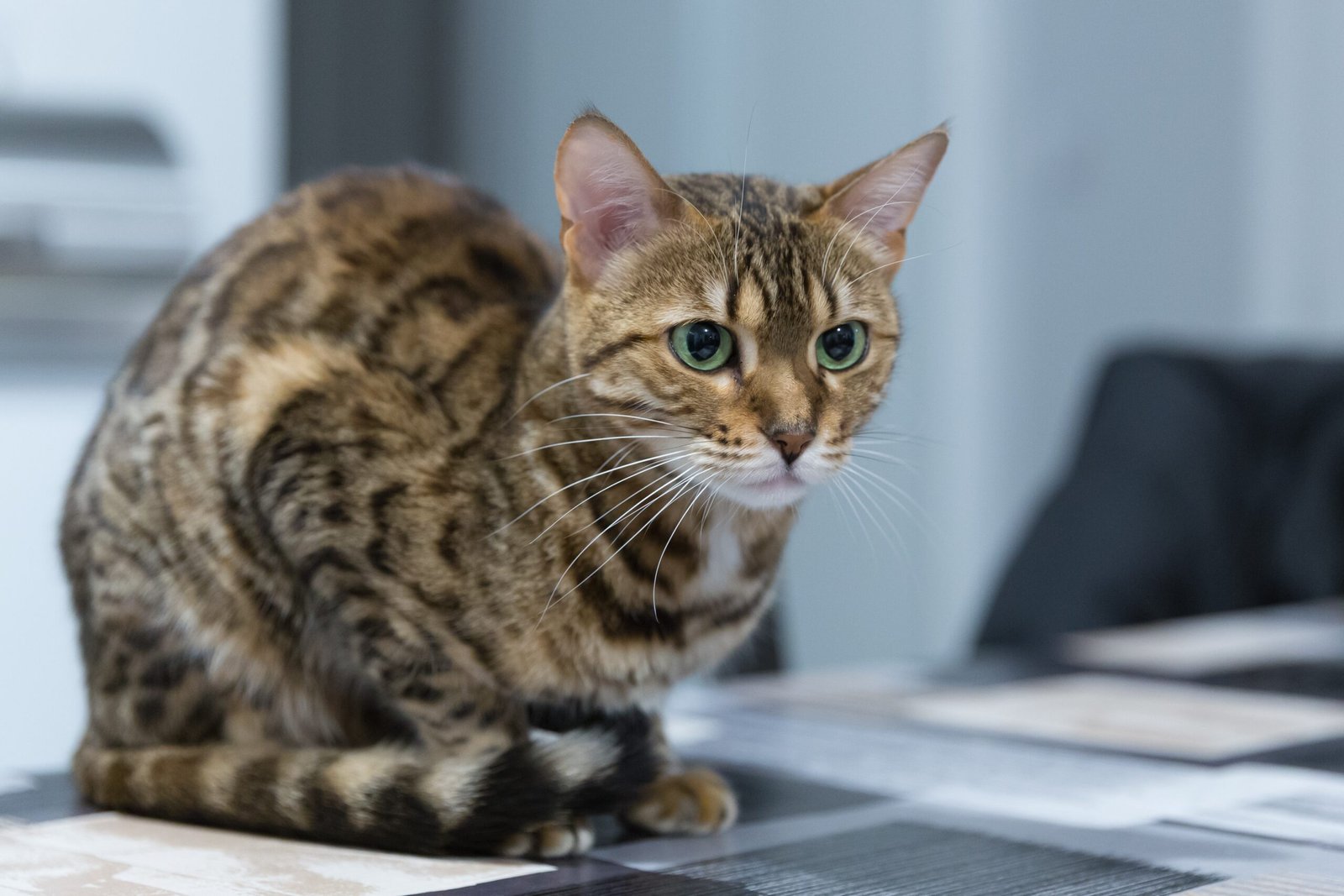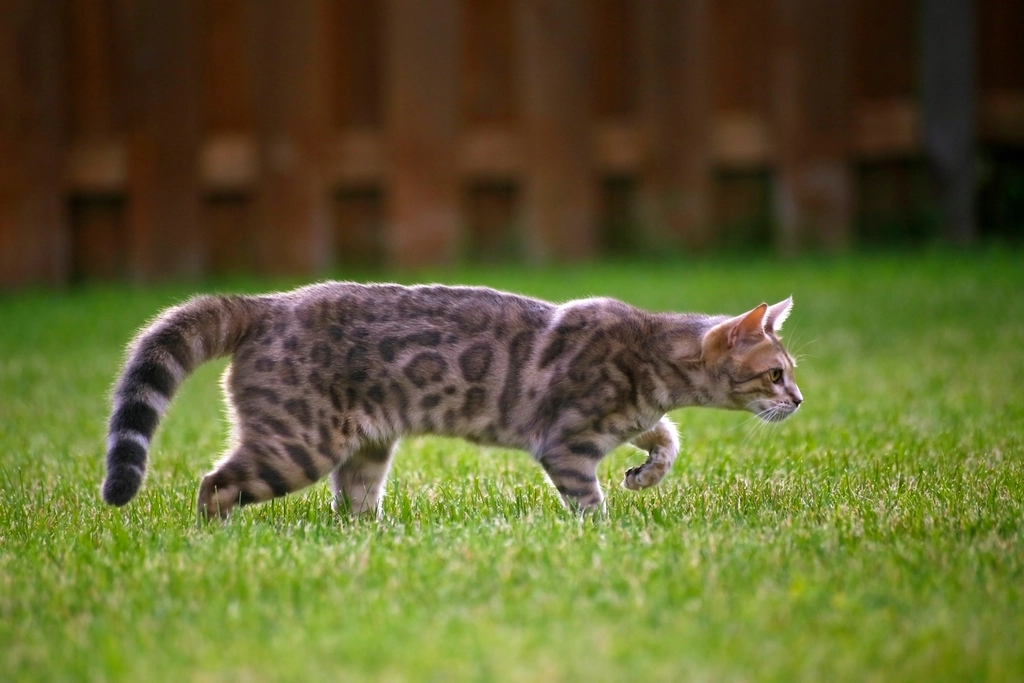Bengal cats are a unique and exciting breed, known for their distinctive spotted coats and playful personalities. If you’re a cat lover considering welcoming a Bengal into your home, it’s essential to understand their specific needs. This guide provides you with ten essential tips to ensure your Bengal cat thrives in their new environment. From understanding their dietary requirements to providing stimulating activities, these insights will help you foster a happy and healthy relationship with your feline friend.
Understanding the Bengal’s Unique Personality
Bengal cats are not your average house cats. They are known for their high energy levels and curiosity. Unlike other domestic cats, Bengals have a wild ancestry that makes them more active and playful. They enjoy exploring their surroundings and are often compared to dogs for their sociable nature. If you have a Bengal, be prepared to engage with them frequently. Playtime is crucial, as it allows them to burn off excess energy and prevents destructive behavior. Think of Bengals as little detectives, always on the lookout for a new mystery to solve.
Providing a Nutritious Diet

A Bengal’s diet is one area where you must pay close attention. These cats thrive on a high-protein diet, similar to what they would eat in the wild. Ensure their meals are rich in meat and avoid fillers like grains that might not suit their digestive system. Offering a mix of wet and dry food can help maintain their hydration and dental health. Consider consulting with a veterinarian to create a diet plan tailored for your Bengal’s specific needs. Remember, what they eat directly affects their energy levels and coat health, so choose wisely.
Ensuring Plenty of Exercise

Exercise is a cornerstone of a Bengal cat’s health and happiness. These cats are natural athletes, requiring ample opportunities to stretch their legs and engage their minds. Invest in interactive toys, such as feather wands or laser pointers, to keep them entertained. If possible, consider setting up a cat tree or a climbing wall to satisfy their need to climb and explore vertically. Regular play sessions not only help your Bengal stay fit but also strengthen the bond between you and your pet. Think of it as their version of a gym workout.
Keeping Them Mentally Stimulated

Bengals are incredibly intelligent and need mental stimulation to prevent boredom. Puzzle toys and treat dispensers are excellent tools to challenge their minds. You can also teach them tricks using clicker training, a method that rewards positive behavior with treats. Rotate their toys regularly to keep things fresh and exciting. Remember, a bored Bengal can become a mischievous Bengal, so keeping their environment enriching is key. Consider it akin to providing a library of new books for an avid reader.
Grooming Your Bengal
While Bengal cats are relatively low-maintenance in the grooming department, regular brushing helps maintain their sleek coats. Their fur is short and dense, so a weekly brush should suffice to remove loose hairs and prevent matting. Bathing is rarely necessary unless they get into something messy. Regular grooming sessions also provide an opportunity to check for signs of parasites or skin issues. Think of it as a spa day for your cat, a time to pamper them and ensure their health is in tip-top shape.
Creating a Safe and Stimulating Environment

Your home should be a safe haven for your Bengal cat. Ensure that there are no hazards like open windows or poisonous plants. Bengals are curious by nature and may get into things they shouldn’t. Creating a stimulating environment is also crucial. Provide plenty of scratching posts, cozy beds, and hiding spots. If possible, an outdoor enclosure or catio can give them a taste of the outdoors while keeping them safe from harm. It’s like designing a playground that offers both fun and security.
Understanding Their Social Needs

Bengals are social animals and often enjoy the company of humans and other pets. They dislike being left alone for long periods, which can lead to anxiety and behavioral issues. If you work long hours, consider getting another pet to keep your Bengal company. Regular interaction with family members is essential to meet their social needs. Treat your Bengal as a part of the family, involving them in daily activities and ensuring they feel loved and included.
Regular Health Check-Ups

Regular veterinary check-ups are vital for maintaining your Bengal’s health. These visits help catch potential health issues early and ensure your cat is up-to-date on vaccinations. Bengals are generally healthy, but like all breeds, they can be prone to specific genetic conditions. A proactive approach to their health care will keep them in peak condition. Consider it similar to routine maintenance on a car, ensuring everything is running smoothly and efficiently.
Training and Behavior Management

Training a Bengal cat can be a rewarding experience. These intelligent felines can learn commands and tricks, much like a dog. Use positive reinforcement techniques, rewarding desired behavior with treats or praise. Consistency is key when it comes to training. Addressing undesirable behaviors like scratching furniture or jumping on counters early on will help manage them effectively. Think of training as laying the groundwork for a well-behaved and happy pet.
Building a Strong Bond
Finally, building a strong bond with your Bengal cat is the most rewarding aspect of ownership. Spend quality time with them, whether it’s through play, grooming, or simply relaxing together. Understanding their body language and respecting their boundaries will help deepen your connection. A Bengal’s loyalty and affection are unmatched once they trust you. Consider it a partnership where both human and feline enrich each other’s lives.
Incorporating these tips into your daily routine will help ensure that your Bengal cat leads a fulfilling and healthy life. Their unique personality and energetic nature make them wonderful companions for those who are prepared to meet their needs. Embrace the adventure of sharing your life with a Bengal, and you’ll be rewarded with lasting love and companionship.






